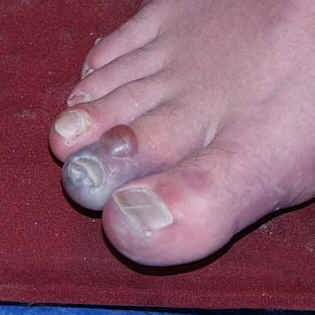A prerequisite to understanding, designing and troubleshooting virtually any aspect of recombinant DNA technology is to appreciate the structure of nucleic acids and their building blocks, nucleotides. Having a firm grasp on concepts like complementary base pairing, the antiparallel nature of duplex DNA (or RNA) and phosphodiester linkages must preceed manipulation of these macromolecules.
Similarly, understanding the basics of protein structure is essential to many of the applications of recombinant DNA technology. If you want to alter the function of a protein, you certainly need to appreciate at least something of how structure relates to function.
This section does not provide a detailed description of nucleic acid or protein chemistry. Rather, the goal is to provide concepts that are considered fundamental for the biotechnologist.
Core concepts for this review of biochemical structure are presented as the following topics:







